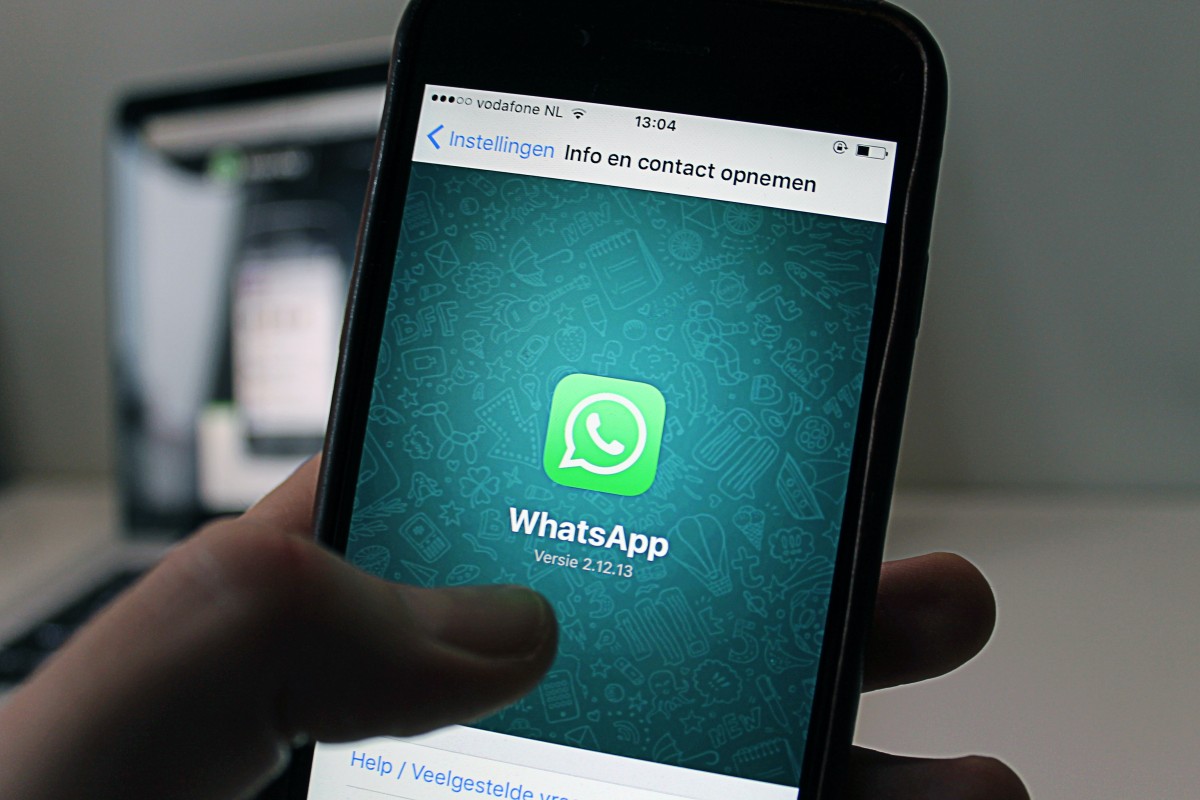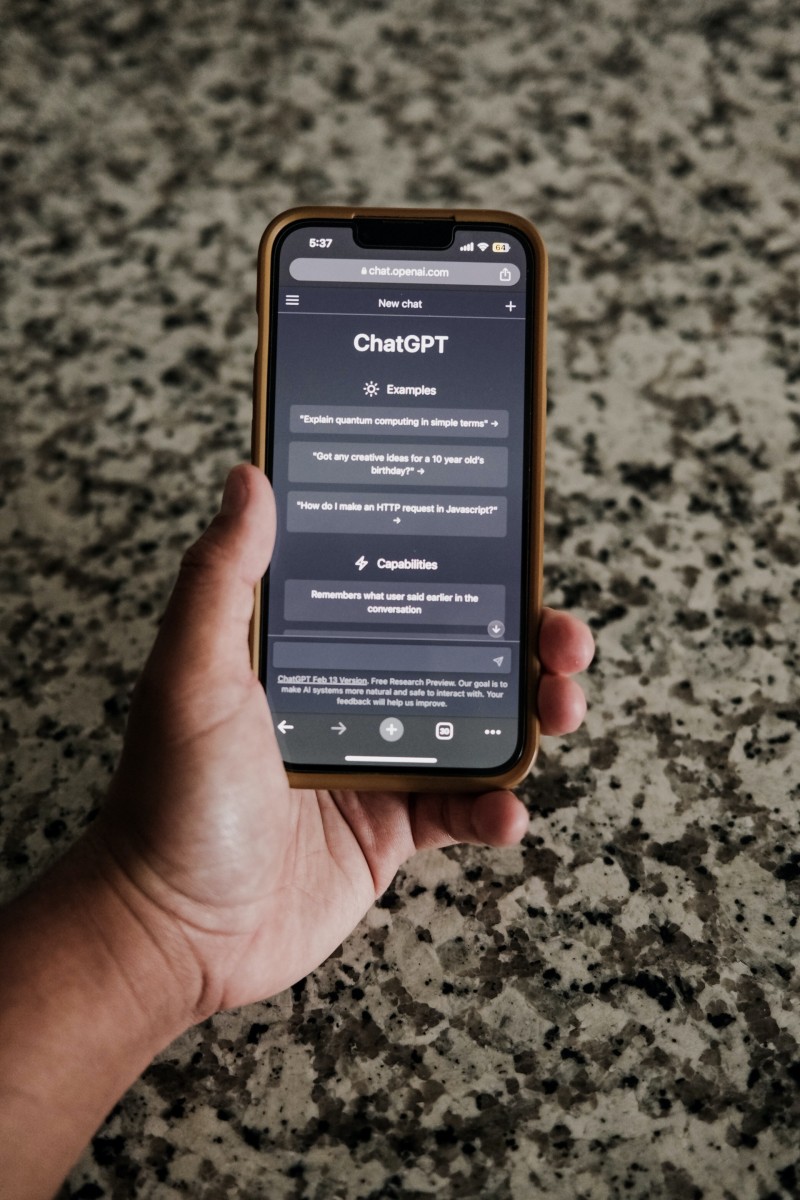How to Integrate ChatGPT With WhatsApp for Customer Support
In the modern business landscape, providing exceptional customer support is essential for building strong relationships and ensuring customer satisfaction. One innovative way to enhance your customer support is by integrating ChatGPT with WhatsApp. ChatGPT, powered by artificial intelligence, can help automate responses and provide instant assistance to your customers. Here’s a step-by-step guide on how to integrate ChatGPT with WhatsApp for efficient customer support:

1. Choose a ChatGPT Platform
Start by selecting a reliable ChatGPT platform that offers an API for integration. OpenAI’s GPT-3 is a powerful option that can be integrated into various applications, including WhatsApp.
To integrate ChatGPT with WhatsApp for customer support, you can use third-party tools like Twilio or WhatsApp Business API to connect the chatbot and automate responses. For those exploring AI alternatives, check out Claude 101 to compare different conversational models.
2. Access the API
Once you’ve chosen a platform, you’ll need access to their API. Sign up for an API key and follow the provided documentation to understand how to make API calls to interact with the ChatGPT model.
3. Create WhatsApp Business Account
To integrate ChatGPT with WhatsApp, you’ll need a WhatsApp Business account. This account allows you to provide business-related information and interact with customers using the WhatsApp Business API.
4. Set Up a Webhook
A webhook is a way to send data from one application to another in real-time. Set up a webhook on your server to receive incoming messages from WhatsApp and trigger requests to the ChatGPT API.
5. Design Conversational Flows
Before integrating, design the conversational flows you want for customer interactions. Determine the scenarios in which ChatGPT will assist customers and draft potential questions and responses.
6. Make API Calls
When a customer sends a message to your WhatsApp Business account, the webhook will receive the message and trigger an API call to the ChatGPT model. Pass the customer’s message as input and receive the AI-generated response as output.
7. Implement Logic
Depending on the ChatGPT response, you can implement logic to determine whether the response is suitable for sending to the customer. You may want to filter out responses that don’t address the query accurately.
8. Format and Send Responses
Once you’ve filtered and approved the ChatGPT response, format it for WhatsApp and use the WhatsApp Business API to send the response back to the customer.
9. Continuously Improve
Monitor customer service, interactions and collect feedback to continuously improve the quality of responses generated by ChatGPT. Regularly refine your conversational flows and update the model’s knowledge base.
10. Provide Human Support
While ChatGPT can handle many customer queries, there will be cases where human intervention is necessary. Set up a mechanism to seamlessly transfer customers to a human support agent when needed.
Benefits of Integration
Integrating ChatGPT with WhatsApp for customer support offers several benefits:
1. Instant Responses
Customers receive instant responses to their queries, improving their experience and reducing response times.
2. 24/7 Availability
ChatGPT operates round-the-clock, providing support even outside of business hours.
3. Scalability
Automated responses allow your customer support team to handle a larger volume of inquiries efficiently.
4. Consistency
ChatGPT ensures consistent responses, eliminating the variability that might arise with different human agents.
5. Cost Efficiency
Automating customer support through ChatGPT can reduce the need for extensive human staffing, saving costs.
By integrating ChatGPT with WhatsApp for customer support, you can enhance the efficiency and effectiveness of your customer interactions. The combination of AI-powered automation and the convenience of WhatsApp creates a seamless support experience that benefits both your business and your customers.



